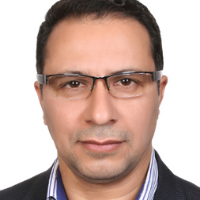Deep Learning-Based Pediatric Bone Age Estimation Using Hand Radiography
Hand radiographs are commonly used to evaluate bone maturity. So that the significant difference between the estimated bone age and the chronological age can indicate a developmental disorder. However, the manual evaluation of images is usually a time-consuming and observer-dependent process. Therefore, in this paper, an automatic method for the assessment of bone age using radiographs of children's hands is proposed.
In this fundamental-applied research, the collection of radiographic images of the Radiological Society of North America (RSNA) was used, and transfer learning methods were proposed. The input images were first pre-processed due to low quality. Then a pre-trained model based on DenseNet-121 was used to extract the discriminating spatial features.
Evaluations using five pre-trained models on the RSNA dataset showed that the DenseNet-121 model, after adjustment, could perform better than other models, with a mean absolute error of 9.8 months.
Skeletal maturity can be estimated with satisfactory accuracy using the DenseNet-121 model, and this method can help radiologists in quick and accurate measurement of bone age.
-
Simultaneous Comparison of Image Quality and Radiation-Induced Cancer Risk in Brain CT Scans among Different Scanners
Narjes Gholami, Mahboobe Kiani, *
Journal Of Isfahan Medical School, -
Evaluation of Image Quality, Organ Dose, Effective Dose and Cancer Risk in Pediatric Chest CT Procedure
Mahboobe Kiani, Jalal Bagheri, *
Journal Of Isfahan Medical School,


